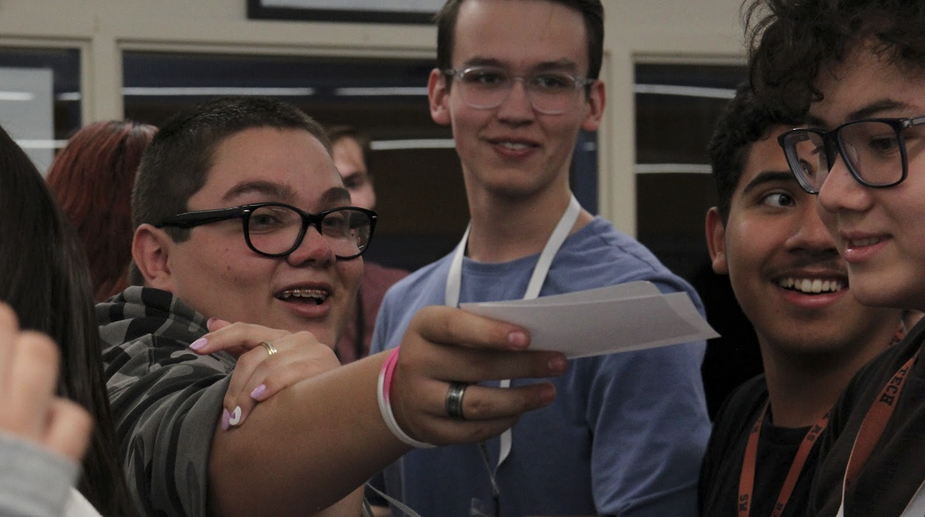In order to learn more about the cardiovascular system, students in Health Science II have been molding clay hearts.
“[Learning the exterior of the heart] is just as important, and [I’m] hoping to [become] knowledgeable about all body systems as a future doctor,” sophomore Mariel Batara said. “We only learn from a book mainly, but being able to make 3D models of the heart helps [me] to understand more what it looks like instead of just seeing a picture.”
Molding the clay hearts is the second phase of an ongoing project the students have been completing. The first phase was making picture books about the blood flow in the heart. The third and last phase will be dissecting a heart.
“All of us are different, so your heart could be different than mine,” Respiratory Therapy and Health Science teacher Vicki Silvernail-Smith said. “You could have a marginal artery, I could not have a marginal artery. That’s what happens in the heart.”
When finished with the hearts, students in Health Science II are going to present their projects to Anatomy & Physiology classes.
“It’s been pretty helpful making these clay hearts,” sophomore Claire Canote said. “We’re not experts. That’s the point [and] the reason we’re doing it. We need to learn and understand everything that we possibly can to be a good health professional. ”
After students finish all three phases, they will be applying what they learned to their next topic: the respiratory system.
“If [the students] understand how [the heart] works, patients come in and most of the time, they are all tied to [the lungs, the brain or the heart],” Smith said. “Any type of disease will affect those three systems. If they have a good understanding, they can do better patient care.”

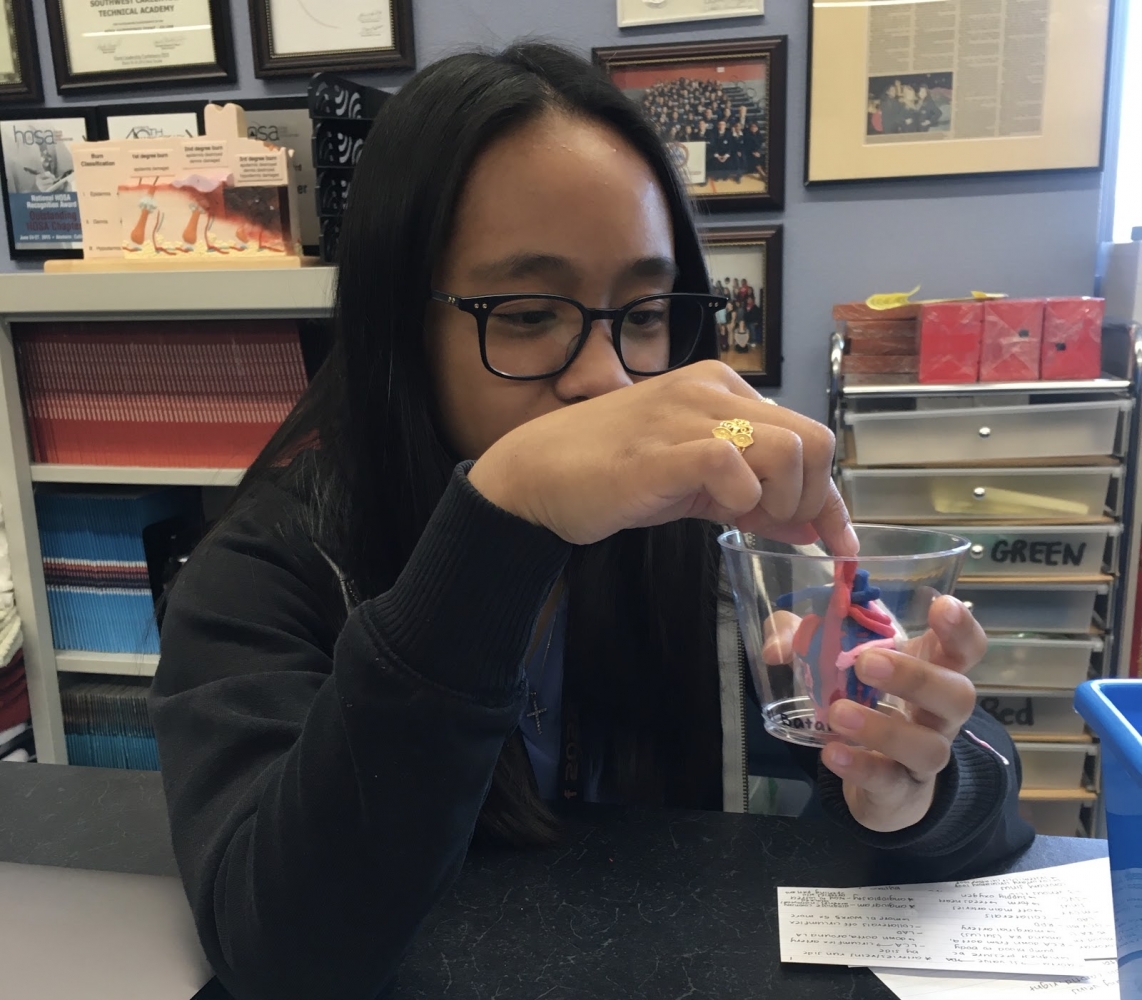
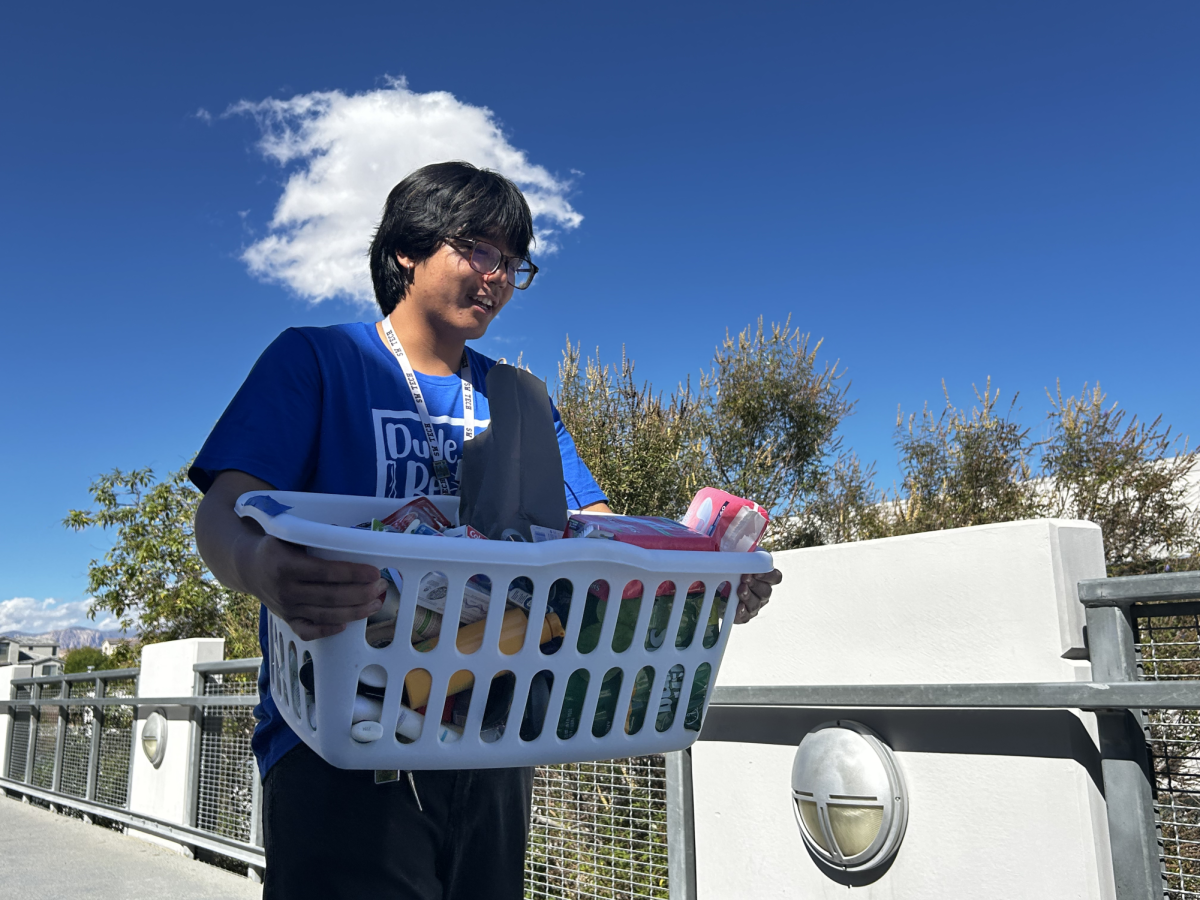
![In his fifth period World History class, Thur works with his students individually, helping them as they sort through notes and assorted historical documents. “I’m always willing to try something new,” Thur said. “Some of my best ideas that I’ve received over the years are from students. This year I’m trying out stations for the first time and kids are rotating through and it’s working. Well, some things are [working], I’ve still got to work out the kinks with it. The kids change, why shouldn’t I change too?”](https://southwestshadow.com/wp-content/uploads/2025/10/IMG_8991-1200x800.jpg)
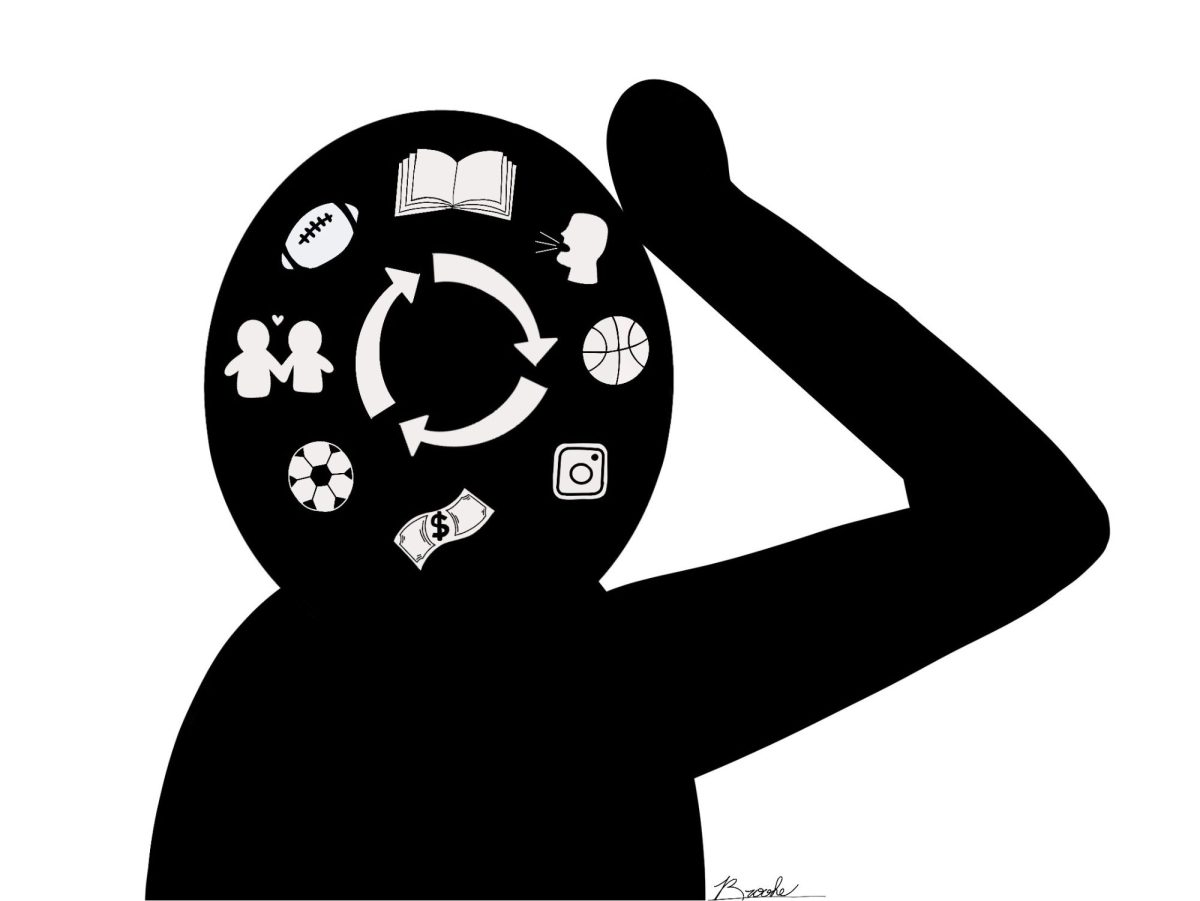
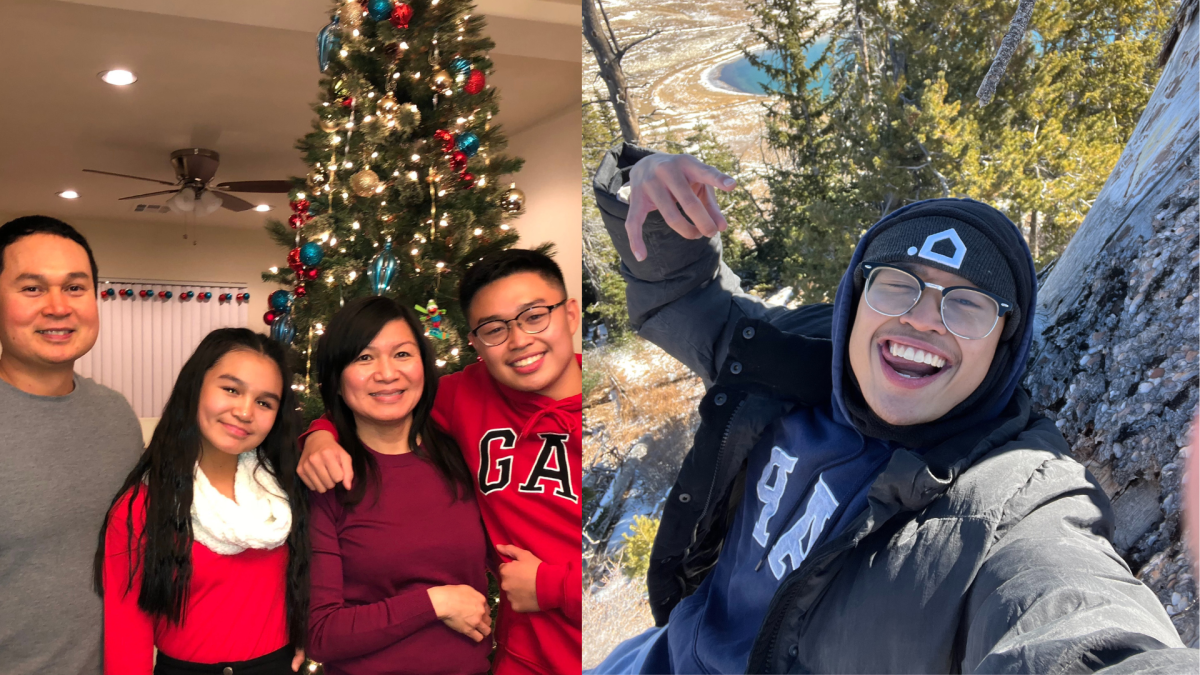
![Displaying a QR code for students to scan, the flyer allows students to sign up and learn about their desired colleges as they visit throughout the school year. Many schools have had additional presentations for students to learn more about what they offer. “For me, I’m interested in criminal justice,” junior Zion Jefferson said. “I know that UNLV and Nevada State University have this major. But, [the college fair] is going to be beneficial, so I can see what other schools offer as well.”](https://southwestshadow.com/wp-content/uploads/2025/10/IMG_2721-1200x900.jpg)
![Working in the Student Success Office, Attendance Secretary Lordis Depiazza inputs a student’s absence excuse note. Students are required to bring an excuse note to the attendance office within three days of any absence. “Reminding students that being in school is important because it reflects towards your grades and being able to do any activities with the school,” Depiazza said. “[It] seems to get the students' attention about wanting to be in school.”](https://southwestshadow.com/wp-content/uploads/2025/10/IMG_8313-1200x800.jpg)
![Arranging the fabric on the floor for a new project, senior Sapphyre-Ann Leung plans out her attire for the next deadline. With the recent closures, students now had limited resources and less margin for error with the fabric and materials they had in stock while trying to reach strict deadlines. “Joann’s had a lot of high-end fabric for our fashion competitions,” Leung said. “We couldn’t just buy ten yards of fabric from Hobby Lobby or Walmart. Since [Joann Fabrics] is no longer open, we have to buy items online, which is way more expensive.”](https://southwestshadow.com/wp-content/uploads/2025/10/IMG_0038-1200x800.jpg)
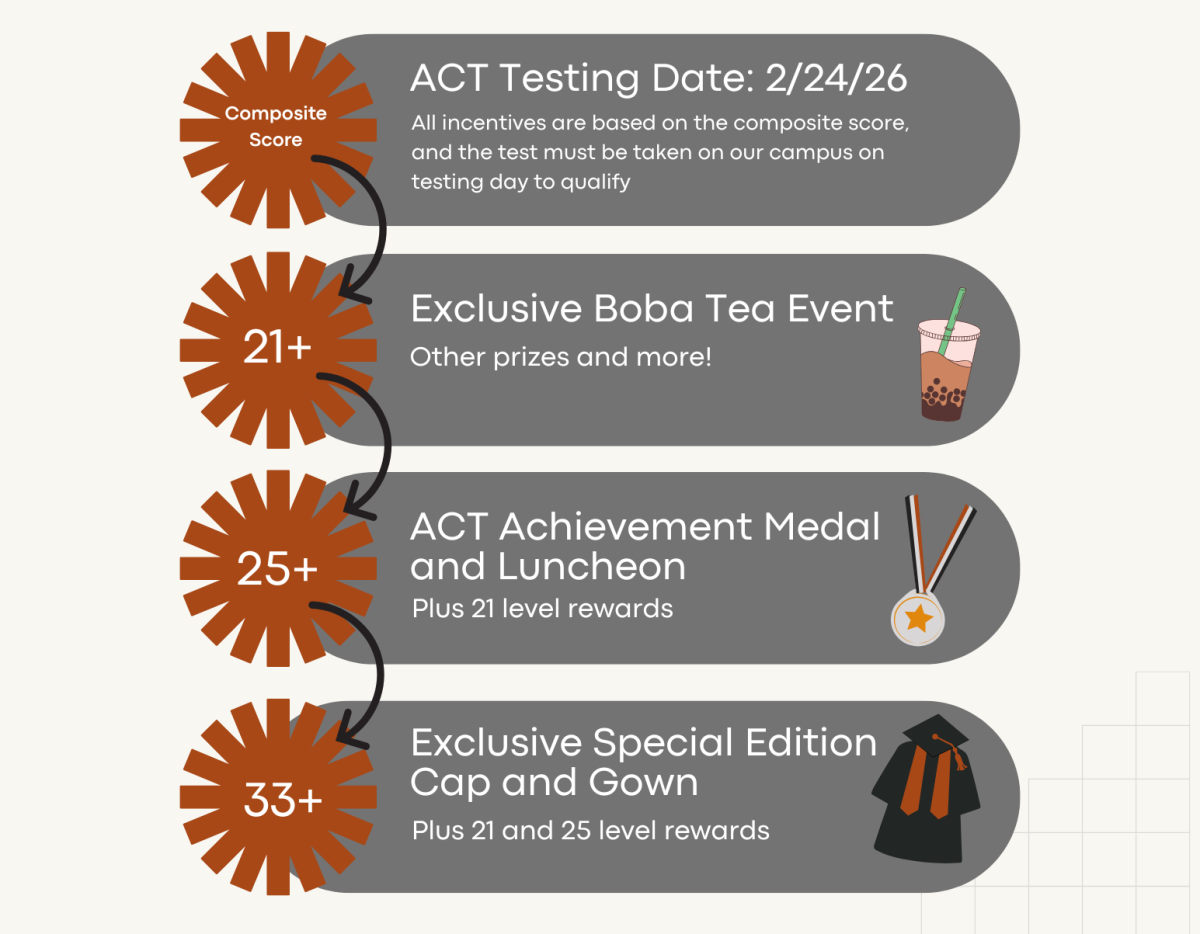
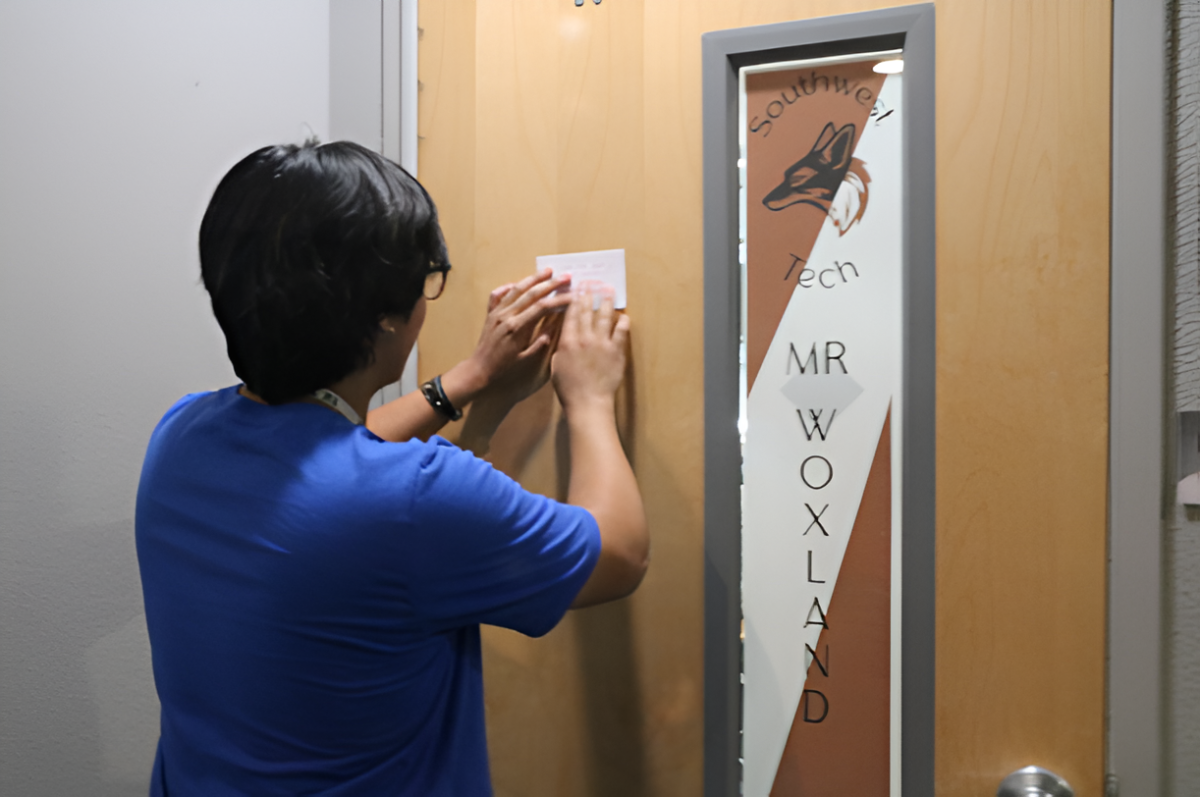
![Practicing the basic skills of nursing, sophomore Natalia Yancey gets her heartbeat checked with a stethoscope. Sophomore nursing students reviewed skills from freshman year. “I’ve always wanted to be in the medical field; it’s been my dream forever,” Yancey said. “Doing [practice skills] so early on is not only an amazing opportunity, but it helps me to prepare for my future.”](https://southwestshadow.com/wp-content/uploads/2025/10/IMG_9843-1200x800.jpg)
